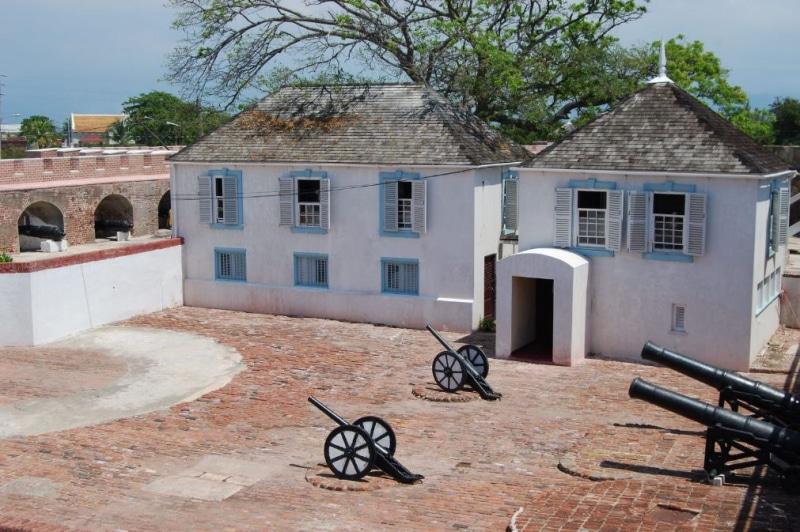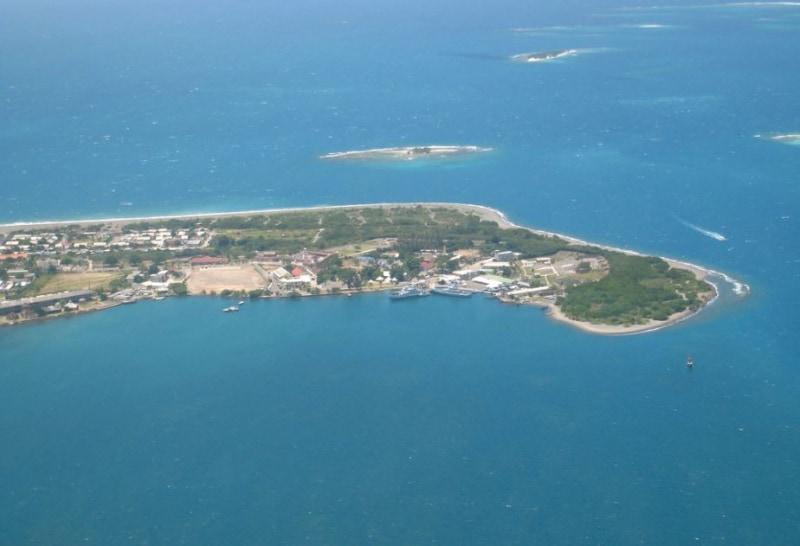Port Royal
Removed from Unnamed collection





Source: Priscilla Bates Images may be subject to copyright. Learn More
Port Royal is one of the most storied regions in the country, steeped in history and brimming with tales of a time when it was a haven for pirates and outlaws. This charming area has managed to hold on to its unique independence and rich heritage. Back in the 17th century, it was dubbed the "wickedest city in the west," where swashbucklers roamed and sea shanties filled the air. However, much of that notorious old city now lies beneath the waves, thanks to a devastating earthquake in 1692 that swallowed two-thirds of the town. The area has faced its share of challenges: another earthquake in 1907, several hurricanes, fires, and diseases that took a toll on the population. Yet, the waters surrounding Port Royal are a treasure trove for archaeologists, teeming with relics that paint a vivid picture of life during the early days of English occupation.
Port Royal is also the proud home of the Archaeological Division of the Jamaica National Heritage Trust (JNHT). They've recently completed a fascinating sonar survey of the submerged city, uncovering a sunken pirate ship in Kingston Harbour. Thousands of artifacts have been recovered so far, each one a piece of the puzzle that tells Port Royal's captivating story. Plans are in the works for a local museum to display these remarkable finds once research is complete. While you're there, take a moment to imagine the bustling streets of the past and the spirit of adventure that once filled the air. Nearby, you can enjoy a meal at one of the local seafood restaurants, where the catch of the day is as fresh as the ocean breeze. The town's charm and history make it a must-visit for anyone looking to connect with Jamaica's storied past.

 Priscilla Bates
Priscilla Bates  Jamaica
Jamaica